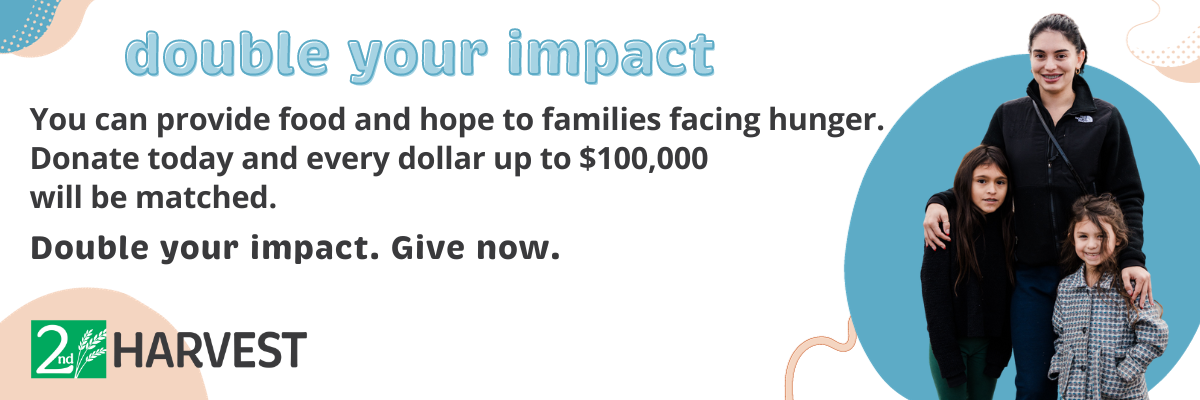From The Kitchen: Tasty tips to avoid food waste and save money – December 15

Authors: Maiya Metzger and Emily Menshew
Most of us have experienced the disappointment of fresh fruit going bad just days after bringing it home. With grocery prices rising, it is growing harder to justify buying pricey produce, just for it to spoil a week later.
According to the Department of Agriculture, 30% to 40% of the U.S. food supply goes to waste, which amounts to an estimated total of 133 billion pounds of food and costs households an average of $1,500 per year. There must be a better way to keep our families nourished and happy without compromising our wallets, even if it means starting with fruit and produce.
Learning what fruits are in season is a great start. Seasonal fruits are not only tastier than those out of season, but they also last longer in your kitchen. Likewise, buying local produce supports farmers in our community and reduces emissions caused by transporting food across state lines. Seasonal fruits are also more nutritious, as they have had more time to develop naturally in the sun and ripen fully before being harvested.
During the cold months of November and December, fruits such as apples, pears, pomegranates, plums and bananas are in season and will stay this way for a few months.
But what about those summer fruits that we often crave throughout the year: apricots, blackberries, blueberries, peaches, pineapples, strawberries, watermelons and so many more? Should we wait months and months until we can enjoy them? Nonsense! There are many ways we can enjoy the fruits we love all year long.
Freezing fruit at home is a great way to reduce food waste and enjoy your favorite fruits during any season:
- Wash the fruit you are preparing to freeze and allow it to air dry completely.
- Slice your fruit to your preferred size (you can keep small berries whole).
- Spread the fruit evenly on a baking sheet in a single layer to prevent them from clumping together and freezing.
- Add the frozen fruit to a freezer bag or plastic container.
- Remove any air from the bag and seal.
- Label the fruit bag with the date and store it in the freezer!
Now, regardless of the season, you can conveniently enjoy your favorite fruits. Frozen fruits can be used in a variety of ways, such as making purees, jams or jellies, smoothies, drinks and baked goods.
For more recipes and ideas, please visit: secondharvestkitchen.org.

Feeding Eastern Washington and North Idaho
Copyright 2020 Second Harvest. All rights reserved.








